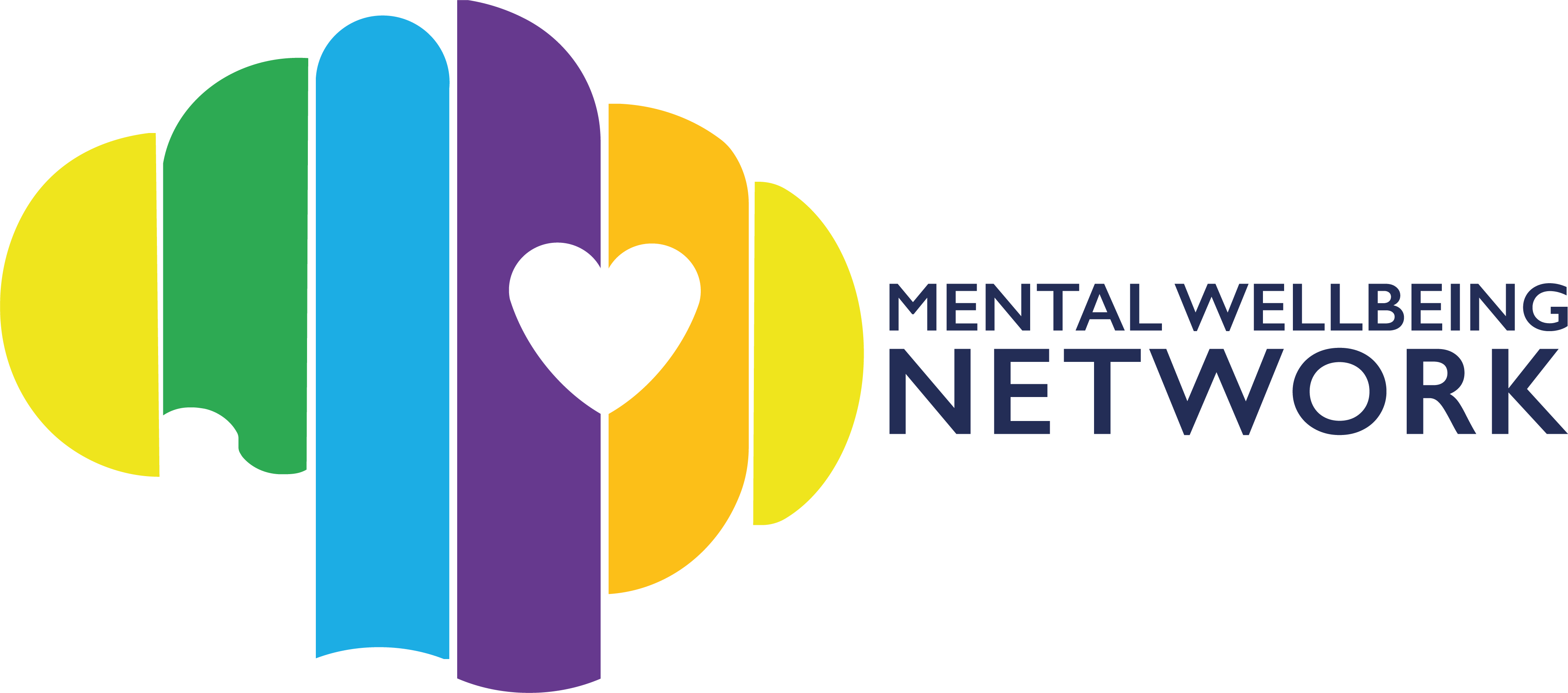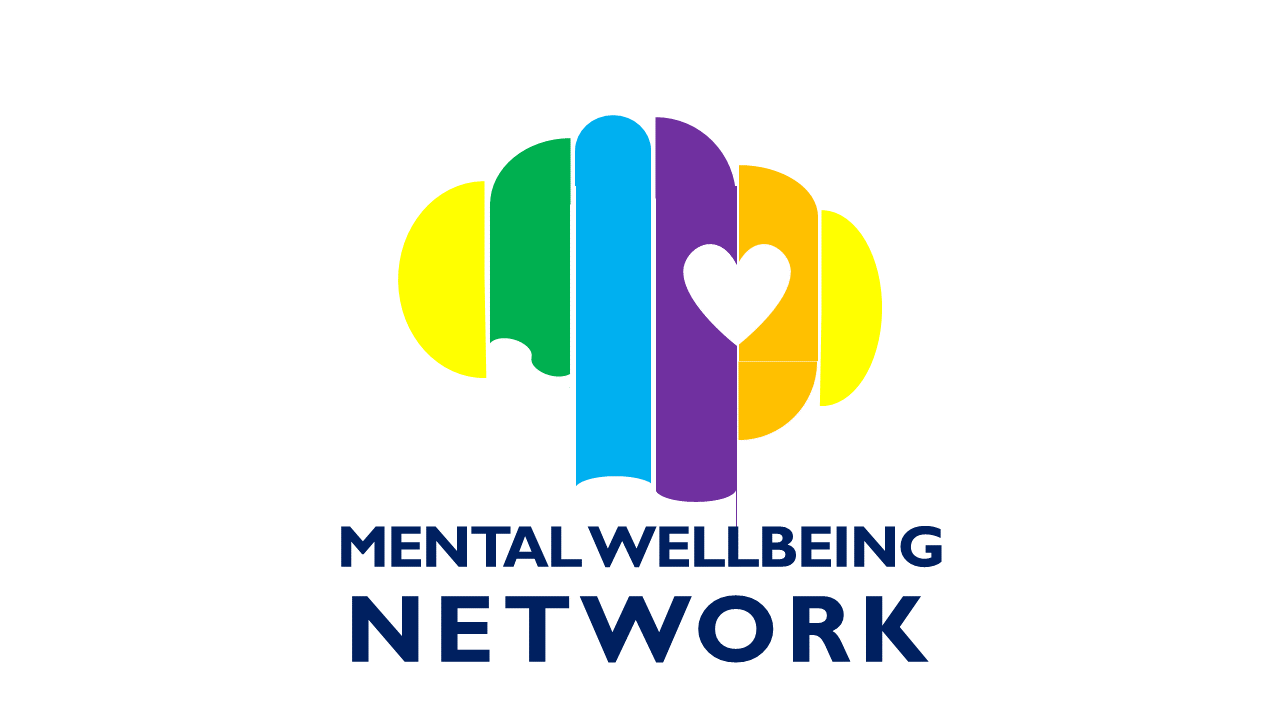Every parent, guardian, or carer will have to reinforce the good and bad behaviors of their children to ensure they are well mannered, have good behavior, and in return, this will help them in the future to grow into good and kind people. It is important to choose the way you discipline your child carefully as it can have a huge impact on their lives and how they grow up in the future. However, with children who suffer from mental illness, you have to be extra careful as you do not wish to affect them negatively. So how can it affect your child to reinforce them positively and negatively?
What is positive reinforcement?
Positive reinforcement is when you focus on the good behavior and you give the child a treat to reimburse that good behavior to ensure they continue to do it. You want to make the child feel good about themself when doing good behavior and this ensures they are more likely to show this behavior in the future.
Examples of positive reinforcement
There are many ways you can reinforce the desired behavior by engaging with your child. For all children or most, it will be easy by offering a treat or giving them some attention which gives them the information that they did good and they will want to do it again.
Here are some examples of positive reinforcement:
- Offering your child’s favorite sweets as a reward.
- Offering to take them out somewhere of their choosing.
- Golden stars on a chart – each time the child is good they earn a gold star.
- Buying them a toy or something they want at the end of a month if they displayed good behavior during the set time.
- Offering to do something together like reading a book or going to the park.
- Telling them and others you are proud of your child.
- Even simple things like giving them a high five, clapping, or cheering for them.

What is negative reinforcement?
Negative reinforcement is basically the opposite of positive reinforcement. However, negative reinforcement is not punishment! Negative reinforcement is to encourage the desired behavior by removing undesired behaviors. Think of it as “taking away” or “removing” something to get a favorable outcome.
Examples of negative reinforcement
Some people get negative reinforcement confused with punishment. Punishment is completely different from negative reinforcement. Here are some examples of negative reinforcement.
- Let’s say your child lost their favorite toy because they didn’t clean their room when asked. However, if they clean up their room they will find the toy. The negative reinforcement is: if the child put away their toys after they were done playing, this will remove the chance of their favorite toy being lost. If your child refuses to clean up, you can engage with playful songs to make it more fun.
- It is cold outside, you put a coat on for your child and you now have removed the chance of them feeling cold. The negative reinforcement is: that wearing a coat when it is an awfully cold day will make you less likely to catch a cold. Therefore, the action of putting on the coat has removed the chance to feel a negative feeling which in this particular example is getting sick.
How does positive and negative reinforcement affect children with mental illness?
We already talked about what both positive and negative reinforcement is. So, how can it affect a child with mental illness? Children who suffer from mental illness may need to be treated a little differently from children who do not suffer from mental illness. Finding the right way to reinforce behaviors for your child with mental illness is important. You can always ask your GP and also read online or ask helplines for information if you are unsure.
Positive reinforcement
Using positive reinforcement can affect your child who has mental illness in a good way. It helps them to understand their behaviors and maybe also be a good way to bond together as child and parent.
Most of the time positive reinforcement can affect your child in a really good way. It also can act as a good way to help them learn to control or cope. For example, if your child is feeling anxious but they read a book and feel better. They will be proud to use a coping method. You can now reinforce them by giving them a high five, and telling them you are also proud. This reinforces them to use calming methods to help them feel better instead of stimulating the negative feeling.
Try not to offer treats and buy them things too often however, this can encourage negative behaviors such as screaming, hurting siblings, etc. you want this to
Negative reinforcement
Negative reinforcement needs to be encouraged by parents or teachers. You teach your child about how not doing something can negatively affect them. By doing this with a child with mental illness, you can help them to learn ways to cope without rewarding negative feelings and behavior to make it stop. Your child learns through their own actions.
An example can be, that a child who suffers from ADHD may feel frustrated and start pulling on their own hair. This in return teaches them that doing so can hurt them and then as the parent you can help them by making them understand it by talking to them. Maybe mix some positive reinforcement, and offer them a treat if they calm down. Don’t offer treats too often as you may find they think they can throw a fit too often and get that reward at the end of it.



